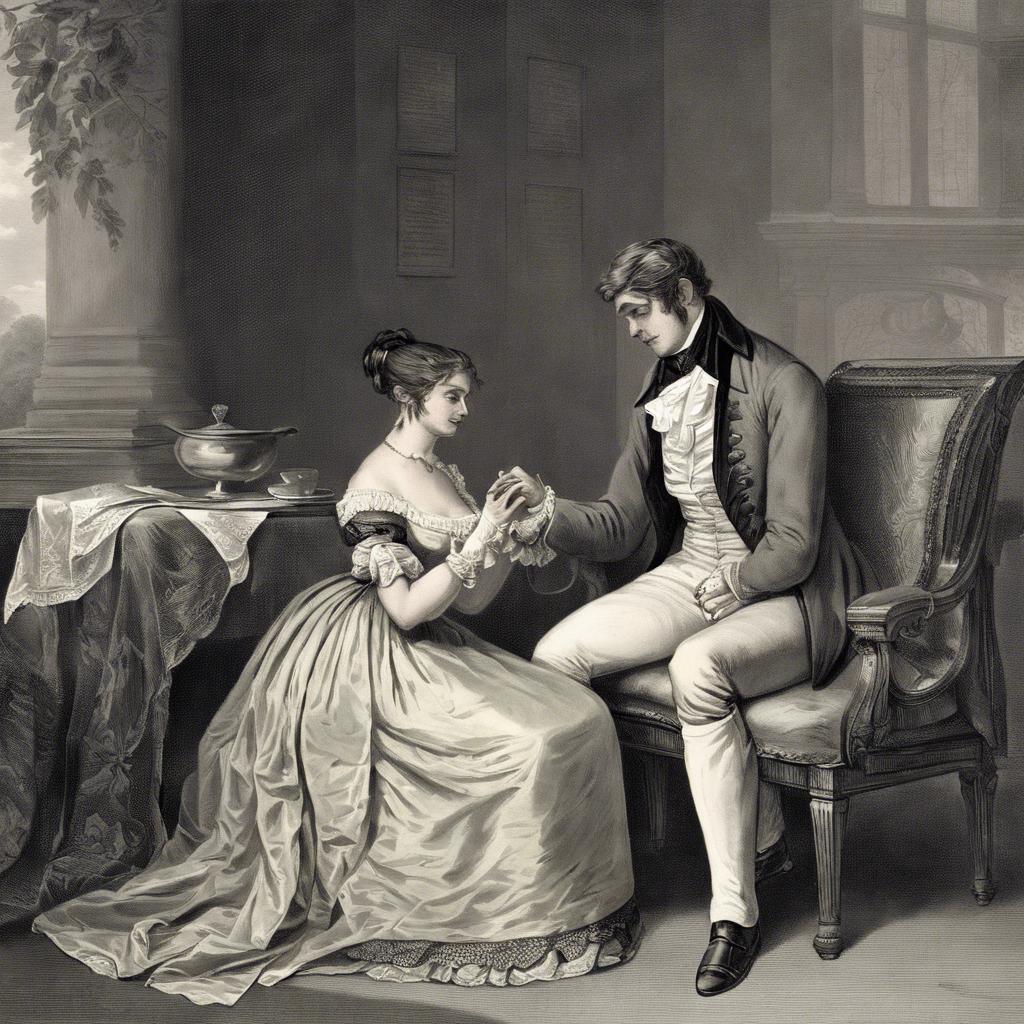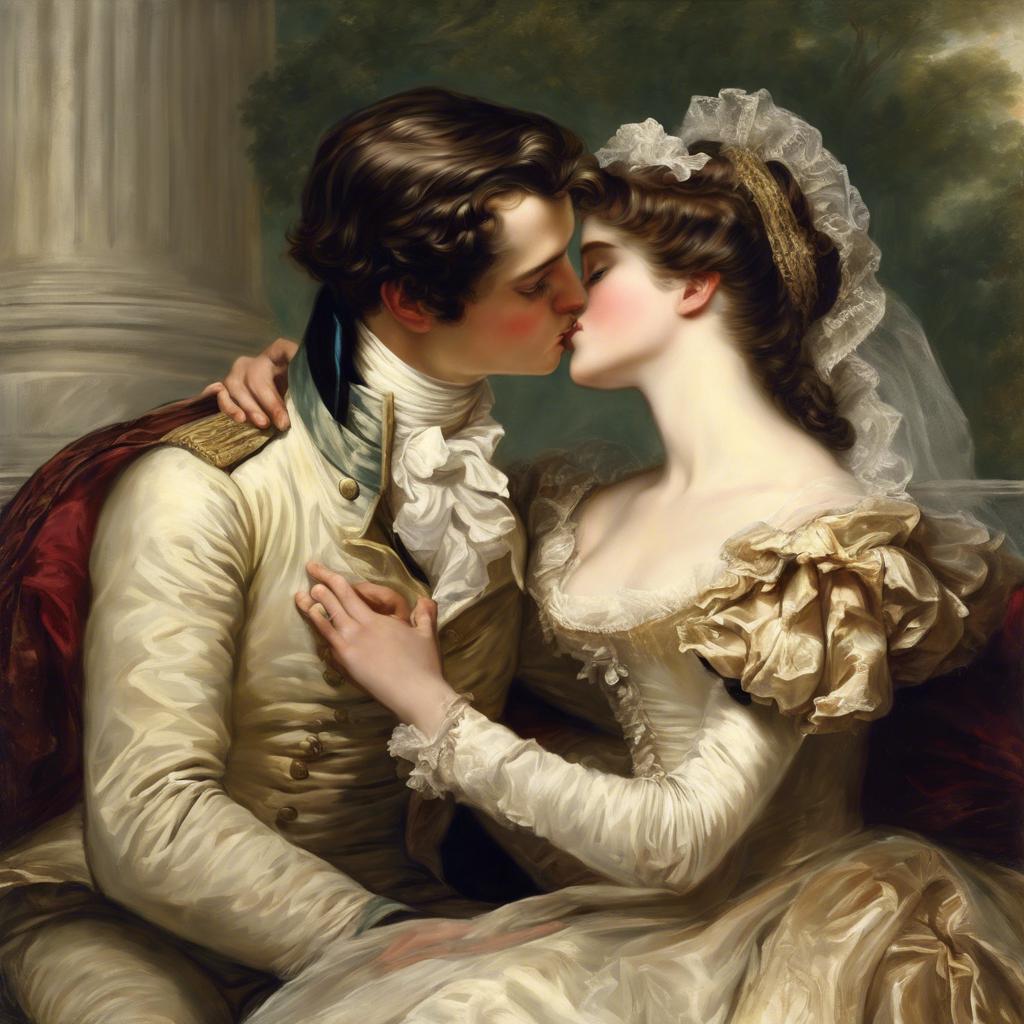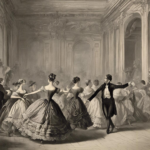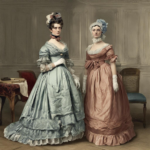During the Regency era, strict societal norms governed the conduct of individuals, particularly in matters of romance and courtship. Among the many rules and expectations that defined this period, the practice of kissing before marriage was a subject of significant debate and scrutiny. This article delves into the complexities and implications of pre-marital kissing during the Regency era, shedding light on the attitudes, customs, and controversies that surrounded this intimate gesture in the context of the early 19th century.
Step Into the World of Cheryl Bolen
Dive into the enchanting stories of love, intrigue, and elegance set in the Regency Era. Cheryl Bolen's novels offer timeless romance and captivating tales that will leave you wanting more.
Explore Cheryl Bolen's Books Now
Courtship rituals in Regency era society
In Regency era society, courtship rituals were highly structured and regulated, with strict rules dictating the appropriate behavior between men and women. One of the most intriguing aspects of courtship during this time was the practice of kissing before marriage. While physical affection was generally discouraged in public, there were occasions when a couple might steal a moment alone to share a kiss.
Kissing before marriage was not as common as it is today, and it was often reserved for couples who were engaged or on the verge of becoming engaged. A kiss was seen as a significant gesture of affection and commitment, and it was not to be taken lightly. In many cases, a kiss was the first physical contact between a couple, making it a moment of great importance.
Despite the strict social conventions of the time, there were still instances of couples engaging in passionate embraces before marriage. These secret rendezvous were often filled with excitement and danger, as the couple risked being discovered by chaperones or disapproving family members. However, for many couples, the thrill of stealing a kiss was worth the risk, as it allowed them to express their love for one another in a society that placed strict limitations on public displays of affection.
The significance of a kiss before marriage
In the regency era, was a topic fraught with societal expectations and moral judgments. A single kiss could hold a multitude of meanings, from a simple gesture of affection to a promise of lifelong commitment. For many couples, the first kiss before marriage was a symbol of their passion and love for each other, a moment of intimacy shared in secret.
However, in the strict social hierarchy of the regency era, a kiss before marriage could also carry with it the weight of scandal and ruin. A lady’s reputation was her most prized possession, and any hint of impropriety could lead to her being shunned by society. As such, the decision to share a kiss before marriage was a risky one, fraught with the potential for both joy and heartbreak.
Despite the societal pressures and moral constraints of the regency era, many couples still chose to share a kiss before marriage as a way to express their love and commitment to each other. In a time when marriages were often arranged for financial or social gain, a kiss could be a powerful symbol of true affection and desire, a moment of genuine connection in a world filled with artifice and pretense.
Strict rules and etiquette surrounding premarital kissing
In the Regency era, kissing before marriage was a highly regulated and restricted activity, governed by strict rules and etiquette. It was considered improper for couples to engage in public displays of affection, especially physical intimacy such as kissing. Society had specific expectations and unwritten codes of conduct that dictated proper behavior between unmarried individuals.
One of the key reasons for the stringent rules surrounding premarital kissing was the emphasis on maintaining societal decorum and upholding morality. In this period, reputation and social standing were of utmost importance, and any perceived indiscretion could lead to scandal and ruin. Therefore, adhering to the established norms and guidelines regarding physical interactions between unmarried couples was essential to avoid censure and maintain respectability.
Proper etiquette dictated that couples should refrain from kissing in public or in the presence of others. Kissing was reserved for private moments, such as in the privacy of one’s home or a secluded outdoor setting. Additionally, it was customary for couples to seek permission or consent before engaging in any form of physical affection, including kissing. These traditions reflected the values and beliefs of the Regency era, where propriety and modesty were highly esteemed.
Recommendations for portraying Regency era kissing in historical fiction
When writing about Regency era kissing in historical fiction, it is important to remember the social norms of the time. Here are some recommendations to help you accurately portray this aspect of romantic relationships:
1. Build tension through subtle gestures: In the Regency era, public displays of affection were frowned upon, especially between unmarried couples. Instead of explicit descriptions of kissing, focus on small gestures and glances that convey the building tension between your characters.
2. Use the language of flowers: During the Regency era, flowers were often used to convey romantic sentiments. Incorporate floral symbolism into your scenes to add depth to the emotional connection between your characters. For example, a bouquet of roses could hint at the blossoming love between two characters.
3. Emphasize the importance of consent: Consent is an important theme to address in any romantic storyline, including those set in the Regency era. Make sure that any physical contact between your characters is preceded by clear verbal or non-verbal cues of mutual desire and willingness.
Wrapping Up
the practice of kissing before marriage during the Regency Era was a complex and often controversial topic. As social norms and expectations shifted, so too did attitudes towards physical affection. While some viewed premarital kissing as a harmless display of affection, others saw it as scandalous and improper. Ultimately, the significance and impact of this cultural practice varied greatly depending on individual beliefs and circumstances. Through exploring this aspect of Regency Era society, we gain a deeper understanding of the complexities and nuances of courtship and romance during this fascinating period in history.


